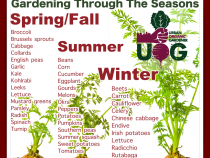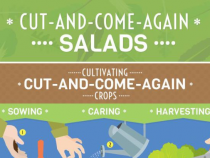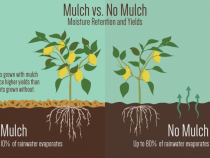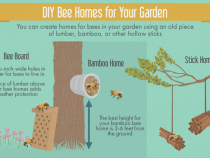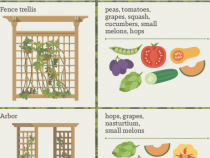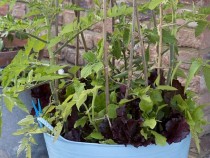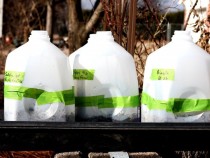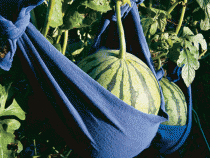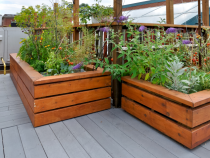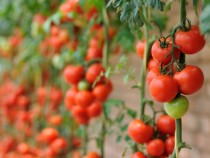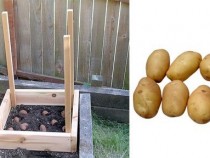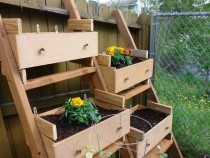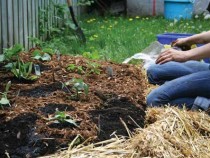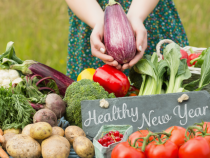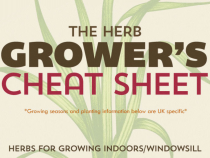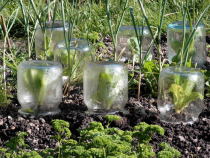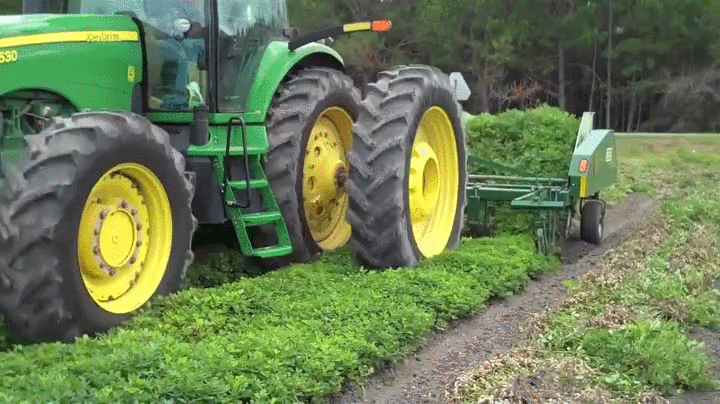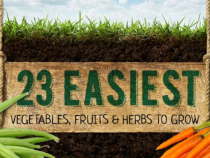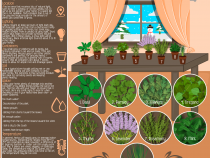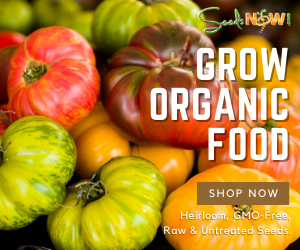You Are Browsing ‘How To’ Category
One of the best ways to bet on a healthy garden, is to incorporate using some kind of mulch. Mulch comes in many forms, and doesn’t have to be expensive. The info-graphic below will help explain the in’s-and-out’s of using mulch in your vegetable garden. “The most basic benefit of mulch is moisture retention. Yields are directly affected...
Even if you’re short on space, or gardening in urban areas, you can still grow some of your own food and enjoy a year-round garden. Container gardening can be very productive as long as you maximize your containers potential. As long as you have one large pot, (we suggest 18″ or larger in diameter) you can grow “10 different crops in a single...
If you want to get a jump start on your gardening outside, but temperatures are still quite cool, you can use milk jugs to create mini-greenhouses. “Three cold-treatment methods that work include: 1) Plant in recycled containers that are monitored outside; 2) Pre-chill the seeds in the refrigerator; and, 3) directly sow the seeds on prepared beds that are either...
Everyone loves simple and genius ways to save time in the garden. Over at OneLittleProject, they’ve outlined 17 Clever Vegetable Gardening Hacks that will save you time, money and headache in the garden. To get you excited, here’s just a handful of those tips! Keep Those Instructions Handy You know those plant tags you throw into the shed because you...
Gardening in small space can be just as rewarding and fun as growing in a large garden area. These days, urban gardeners are growing more of their own food in sometimes less than 100 square feet. Balconies, patios, even indoor windowsills are a great place to grow vegetables and herbs. Almost anything can be grown in a container, and if you’re wanting...
Once you have started your favorite tomato varieties by seed, and the garden soil outside reaches at least 50-60 degrees F at night, you’ll be ready to transplant your young tomato plants into your garden. If you want to ensure healthy tomato plants, there are a few steps you’ll want to take when planting them into the ground. Instead of digging a...
Do you love growing spuds but you don’t have room in your garden to have rows of mounding hills? By building a “potato box” you’ll increase your yield of food without having to use more square feet in your garden space. Plus, by using this method or one similar, you can grow up to 100 lbs. of potatoes without taking up much room in your...
Old dressers are easy to come by and for balcony gardeners or anyone who’s wanting to grow more food in less space by creating a vertical garden, this project might just be for you! “Making a container garden from up-cycled dresser drawers is pretty simple. You’ll want to start with a plan. Things you’ll want to consider… Where will the...
Do you dislike tilling? Have you heard about lasagna gardening yet? If not, you may want to read up on this popular gardening technique that allows you to do more with less work. It’s also referred to as “sheet composting” or “layer gardening”. It’s a no-dig, no-till method that provides the gardener with rich and fluffy soil,...
“The new year is the perfect time to set new goals for yourself, especially if you have been thinking about growing a garden. THIS IS YOUR YEAR! Don’t be discouraged by lack of space, or knowledge about growing specific varieties. Set some small attainable goals for yourself in the gardening department and before the year is over you’ll be...
The original source of this post can be found at SeedsNow.com What is a garden cloche? It’s basically a fancy term for a glass bell or dome that you place over young seedlings or plants to protect them from cold weather, hail or in some situations…snow. Simply place a mason jar over your sensitive seedlings or plants that you want to over-winterize. ...
From Visually by WebpageFX. #1. LETTUCE Lettuce can be grown practically anywhere. Lettuce it is a cool-season vegetable, with an ideal temperature of 50-60 degrees. It does poorly in hot weather, and is tolerant to some frost and light freezes. The leafy types mature quickly and are more suited for warm climates. Cos is also more heat tolerant. It will...



